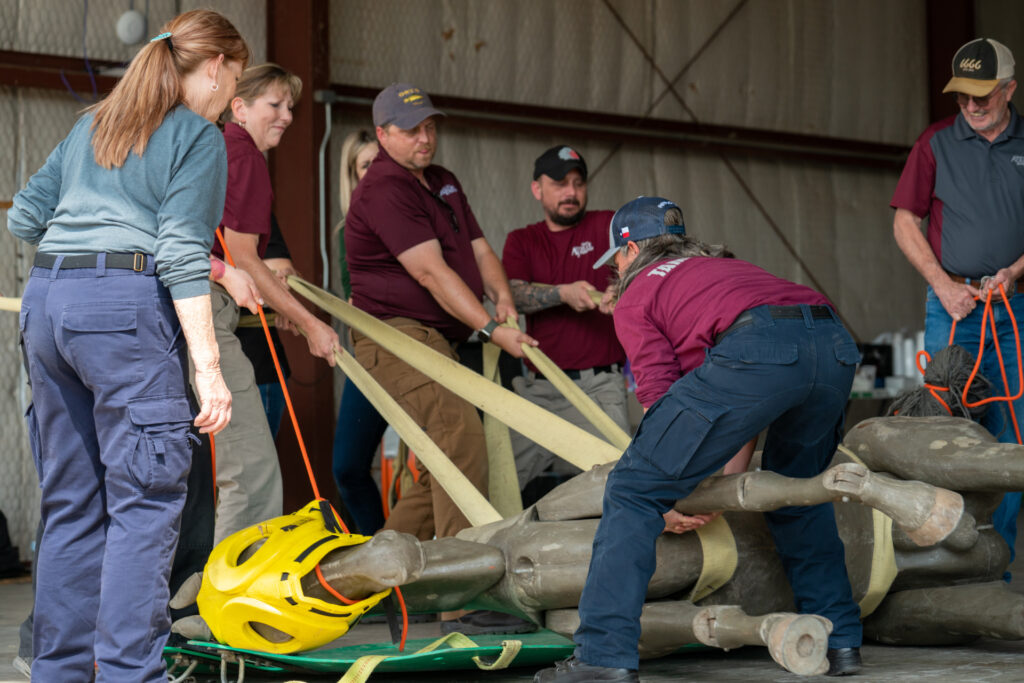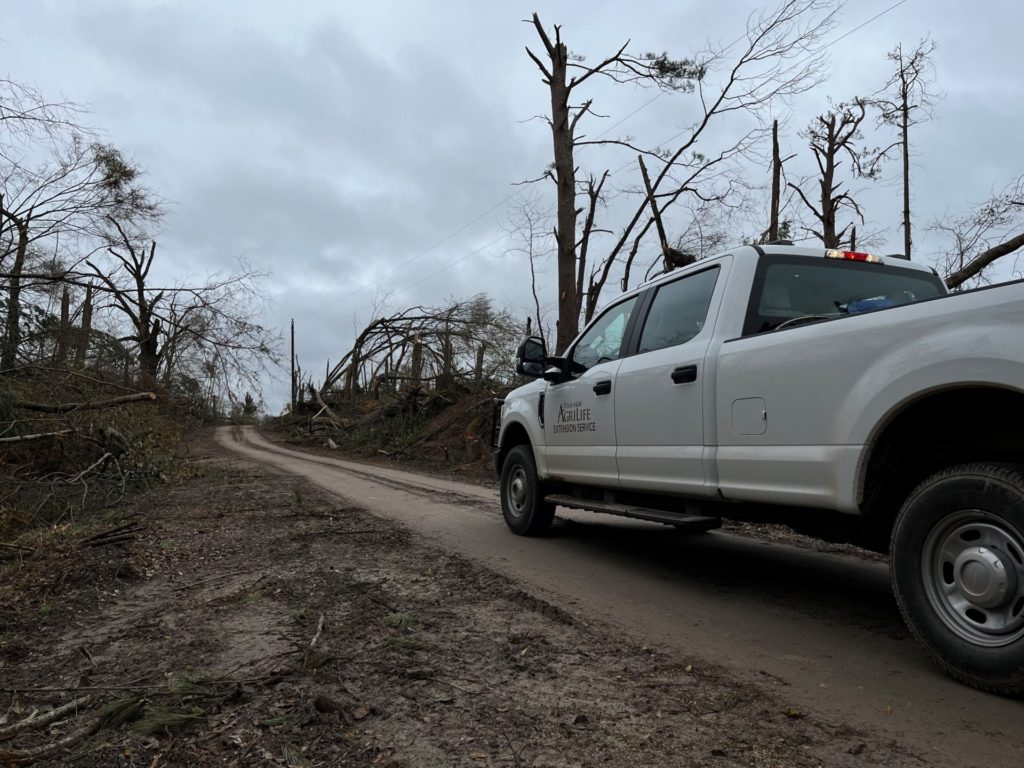AgriLife Extension Disaster Assessment and Recovery unit realigns
Legislative appropriations help reposition unit service areas statewide
The Texas A&M AgriLife Extension Service Disaster Assessment and Recovery unit, DAR, is expanding and realigning its service areas statewide in response to appropriations during the 88th Texas Legislative session.
The award-winning DAR unit works in response to Texans’ needs during natural disasters and pandemics. DAR works in advance of and in response to Texans’ needs during both blue and grey sky days. The unit works in partnership with the Texas Division of Emergency Management, part of The Texas A&M University System. DAR is part of The Texas A&M University System’s Keeping Texas Prepared initiative.

“Our agents are committed to serving Texas, and these realignments take advantage of our enhancements in both positions and resources,” said Monty Dozier, Ph.D., DAR program director, Bryan-College Station.
Regional service, leadership appointments
DAR is now aligned with the Council of Governments across the state and Texas Division of Emergency Management service regions to provide enhanced response and recovery services covering four main state areas encompassing the North, South, West and East regions. In all, DAR covers all 254 counties in Texas, which includes a battery of strike team agents in reserve to respond to a disaster or emergency.
The DAR unit has recently realigned its leadership positions. Dozier is joined by Rachel Bauer, associate program director, and Robert McGill, operations and finance chief, based in Bryan-College Station.
Additionally, four area chiefs have been appointed statewide: Richard Griffin, East Region area chief, Bryan-College Station; Jeff Fant, West Region area chief, San Angelo; Curtis Preston, North Region area chief, Lubbock; and Bryan Davis, South Region area chief, Seguin. These area chiefs supervise a total of 27 DAR agents statewide.

Jordan Baze has been appointed State Operations Center-liaison recovery for the unit, Austin, having previously served as a DAR agent in Amarillo. Troy Luepke has been appointed unit logistics coordinator and is based in Bryan-College Station.
Statewide response capabilities
With a presence in all 254 Texas counties, AgriLife Extension has embedded local teams built from the communities they serve. This layered, comprehensive AgriLife Extension network positions DAR to offer one of the most unique and effective disaster response infrastructures nationwide.
“DAR is uniquely positioned to provide significant manpower, supplies and assist in distribution of supplies to the hard-hit areas,” Dozier said. “We stand ready and are grateful for the opportunity to serve Texas in this capacity.”





